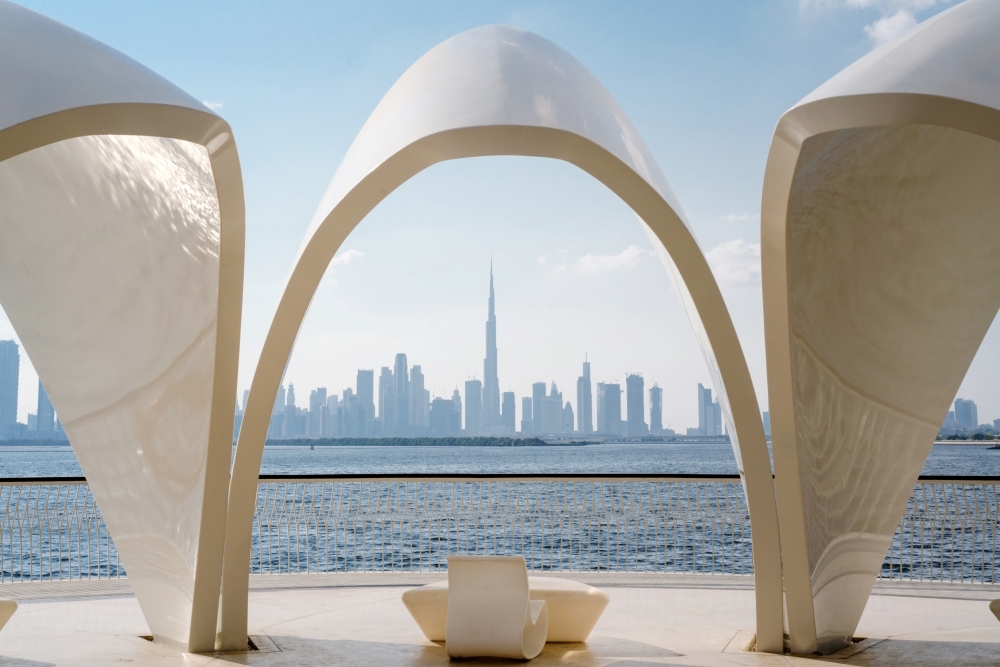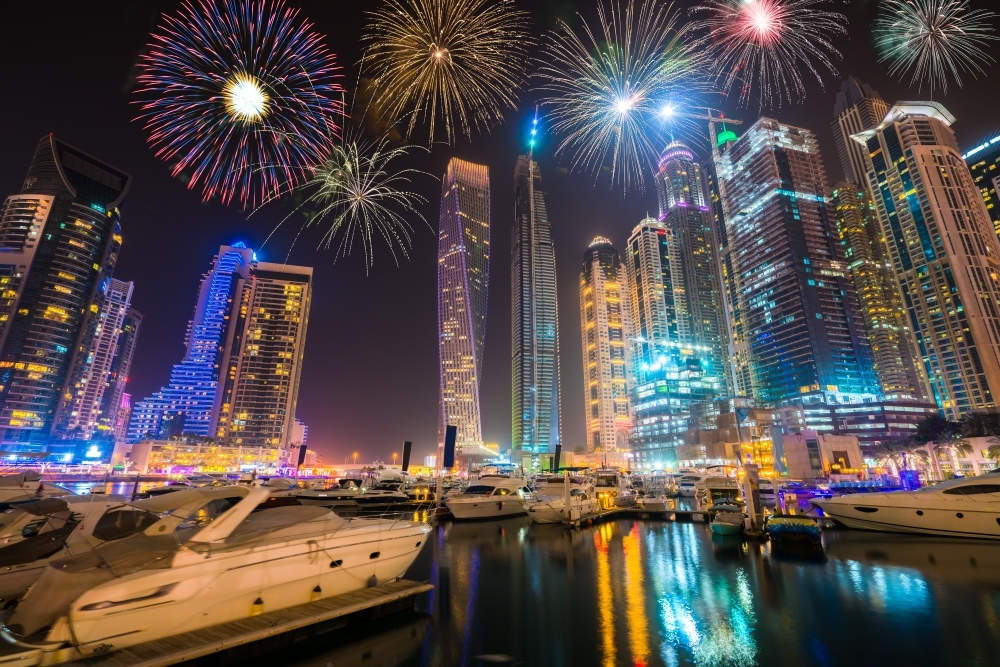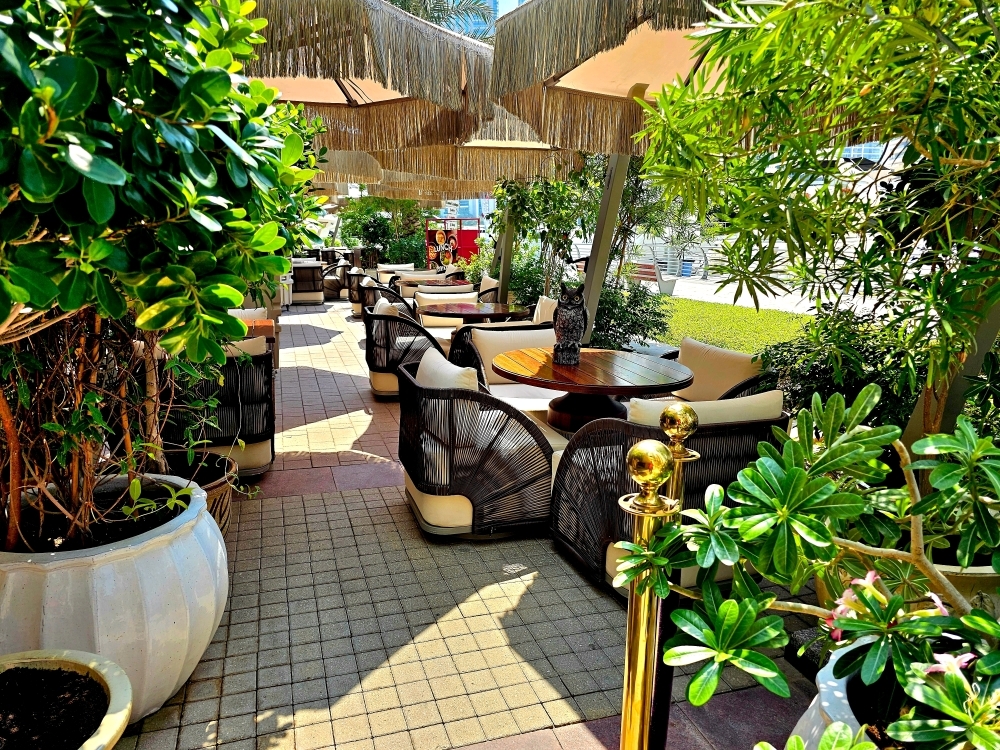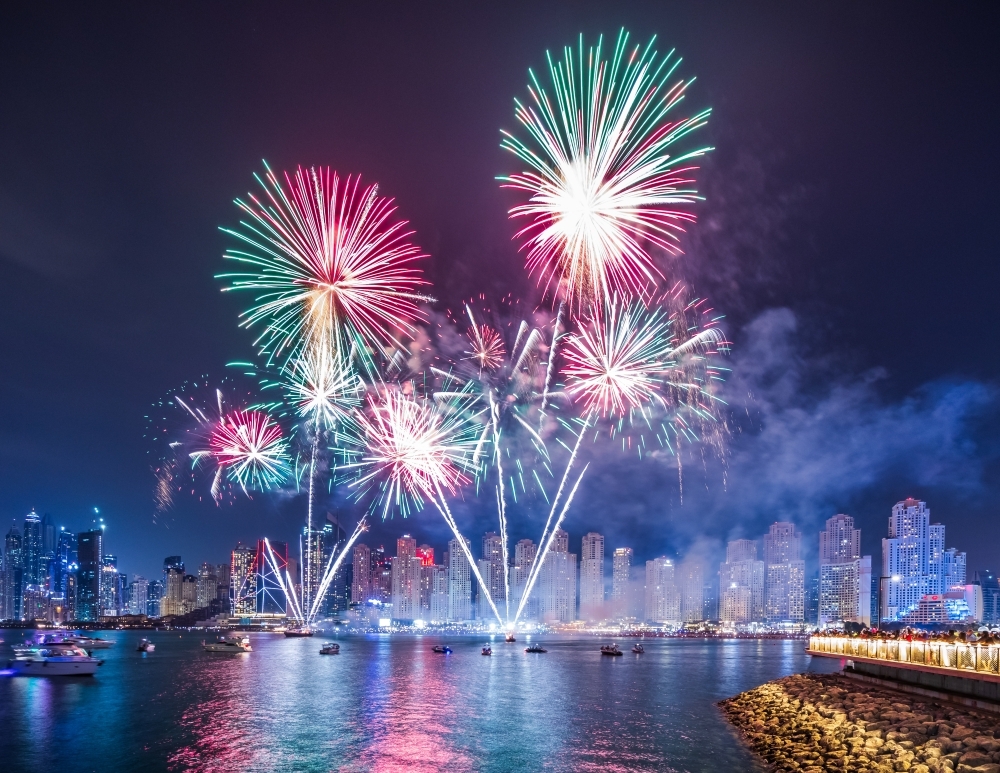The 6 Fastest Lifts in the World
With time being money, not one second can be spared to reach our destinations. In order to keep pace with this lifestyle, engineering and technological strategies are needed to deliver high-speed lifts to usher you to your home or office in lofty skyscrapers. With constant undertakings for urbanisation around the world, architects and engineers are pushing boundaries by designing highly sophisticated elevator systems.
Read on to learn more about six of the fastest lifts in the world that leave your ears plugged and haste fulfilled.
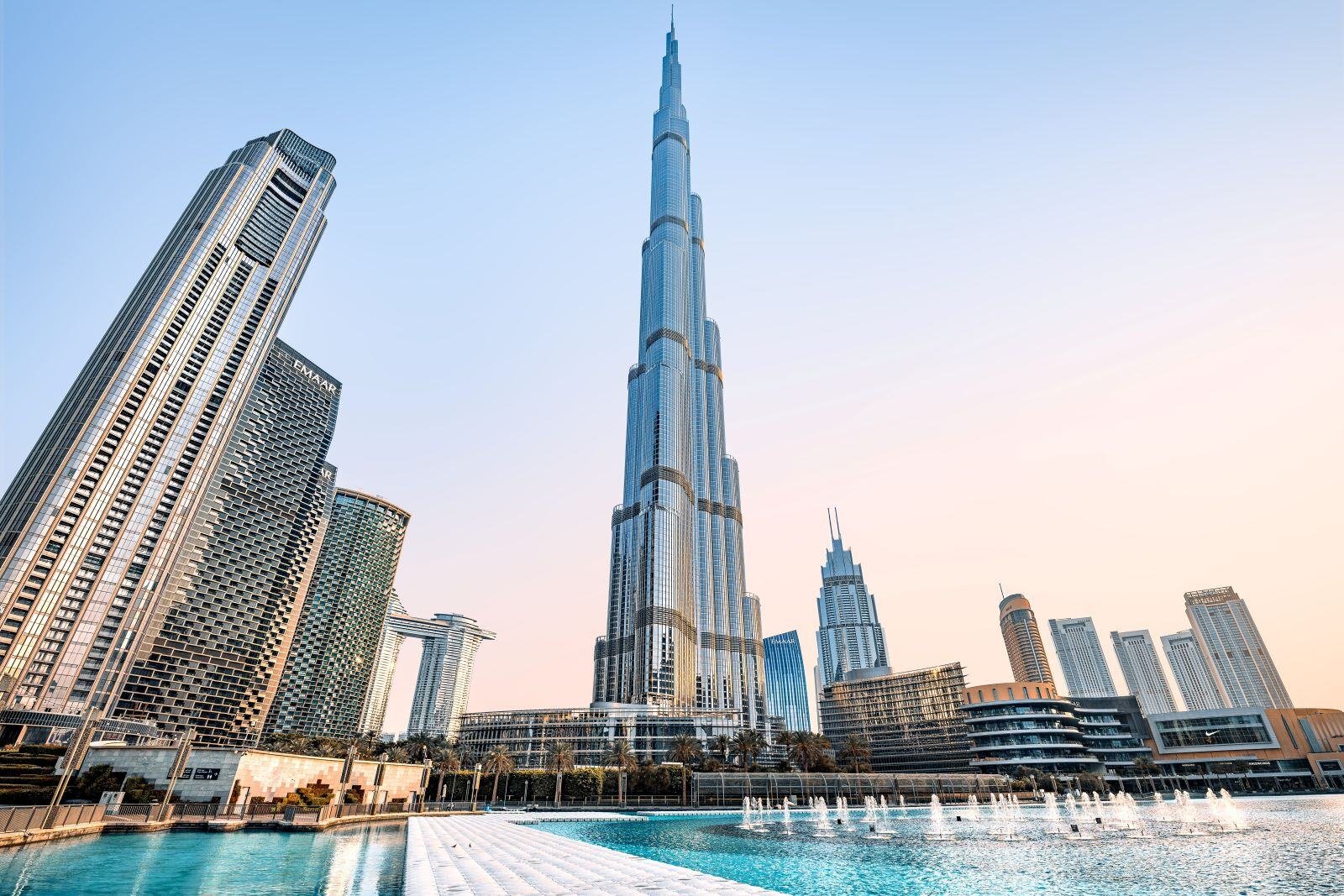
1. Guangzhou CTF Finance Centre – Guangzhou, China
Speed: 21 metres per second (75.6 kilometres per hour)
Comprising 111 floors above ground and 5 below, the CTF Finance Centre, also known as the East Tower, has a prime status as the tallest building in the city of Guangzhou and the third tallest in China. A mixed-use skyscraper, it contains a combinationof residential and office space, as well as a shopping mall and a luxury hotel. There are 95 lifts servicing the building, and two were specially designed to carry passengers from the entrance of the tower to the lobby of the Rosewood Hotel, located on the 95th floor. When the building opened in 2016, the lifts attained a maximum speed of 20 m/s to traverse the 440-metre distance in the span of just 43 seconds. Modifications were made the following year and then the lifts were tested again, they hit a speed of 21 m/s, officially making them the fastest in the world and narrowly beating out the previous record holder.
2. Shanghai Tower – Shanghai, China
(Fastest Elevator In The World)
Speed: 20.5 metres per second (74 kilometres per hour)
As the tallest building in China and the third tallest in the world, Shanghai Tower stands an imposing 632 metres high in the financial district of Lujiazui. Chief among its occupants is the J Hotel, which takes up the 120th floor and holds the distinction of being the world’s highest hotel. An observation deck sits one level above it, and the remainder of the building is occupied by a mix of offices and leisure facilities including restaurants, a concert hall, retail outlets, and more. There are 149 lifts located around different zones of the building to serve all of those occupants on a daily basis, the most impressive of which held the record for the fastest passenger lift in the world until the CTF Finance Centre edged it off the top spot.
3. Taipei 101 – Taipei, Taiwan
Speed: 16.8 metres per second (60.6 kilometres per hour)
One of the world’s most visually stunning buildings, Taipei 101 has been a record holder on a number of different occasions. When it opened at the end of 2004, it was the tallest building in the world, a title that it would concede six years later upon the completion of Dubai’s Burj Khalifa. It still holds the distinction of being the first building ever to have a height of more than 500 metres. Though Taipei 101 is primarily an office building, it is topped by indoor and outdoor observation decks that are very popular event spaces. Guests attending these events need to be able to access these floors with ease and the lifts of the tower were designed to cover a span of 81 floors in just 37 seconds, making them the fastest in the world for 12 years before Shanghai Tower opened its doors.
4. Yokohama Landmark Tower – Yokohama, Japan
(World Fastest Elevator)
Speed: 12.5 metres per second (45 kilometres per hour)
At nearly 300 metres in height, Yokohama Landmark Tower is not only one of the tallest buildings in Japan, but one of the nation’s tallest structures. The top 20 levels of the 70-storey tower are occupied by a five-star hotel, with the remaining floors split between offices and retail spaces. Its elevators go straight up to the 69th floor observation deck in a matter of just 40 seconds, an impressive feat given that the building was completed in the early 1990’s. While the speed of ascent has been surpassed, it still holds the record for the fastest descent in the world.
5. One World Trade Centre – New York City, USA
Speed: 10.16 metres per second (37 kilometres per hour)
One World Trade Centre is the most prominent part of a planned five-building complex on the site of the original World Trade Centre towers in Manhattan. At a height of roughly 541 metres to the tip of its spire, this is the tallest building in the United States and the entire Western hemisphere. Much like its predecessors, this is mainly an office tower, with an observatory deck and restaurants on the topmost floors. There are 73 lifts operating in the building, with an initial speed set at 9.1 m/s. Over time, the speed was increased to over 10 m/s in order to accommodate a growing volume of visitors.
6. Burj Khalifa – Dubai, UAE
(Fastest Lift In The World Burj Khalifa)
Speed: 10 metres per second (36 kilometres per hour)
Awarded the title of the world’s tallest building when it opened in 2010, which it has retained to this day, Burj Khalifa is one of the defining landmarks of Dubai. The 824-metre structure with its distinctive stepped design has an Armani Hotel occupying its lower 15 floors. The higher levels are divided between offices and residences, topped by the tower’s signature observation deck, At the Top. There are 57 elevators operating in the Burj Khalifa, and it has one of the world’s fastest double-deck elevators. It was also the previous record holder for the longest distance travelled by an elevator – 504 metres – before it was surpassed by Shanghai Tower.
Final Take
The remarkable speeds of these lifts reflect the pinnacle of engineering and design while enhancing the functionality and experience of some of the world’s most iconic skyscrapers. From the Guangzhou CTF Finance Centre’s record-setting velocity to the advanced systems in other towering structures, these high-speed elevators are an example of the fusion of innovation and technology in modern architecture. As cities continue to ascend skyward, we can anticipate further advancements that will redefine vertical transportation and continue to elevate the standards of efficiency and convenience in our urban landscape
